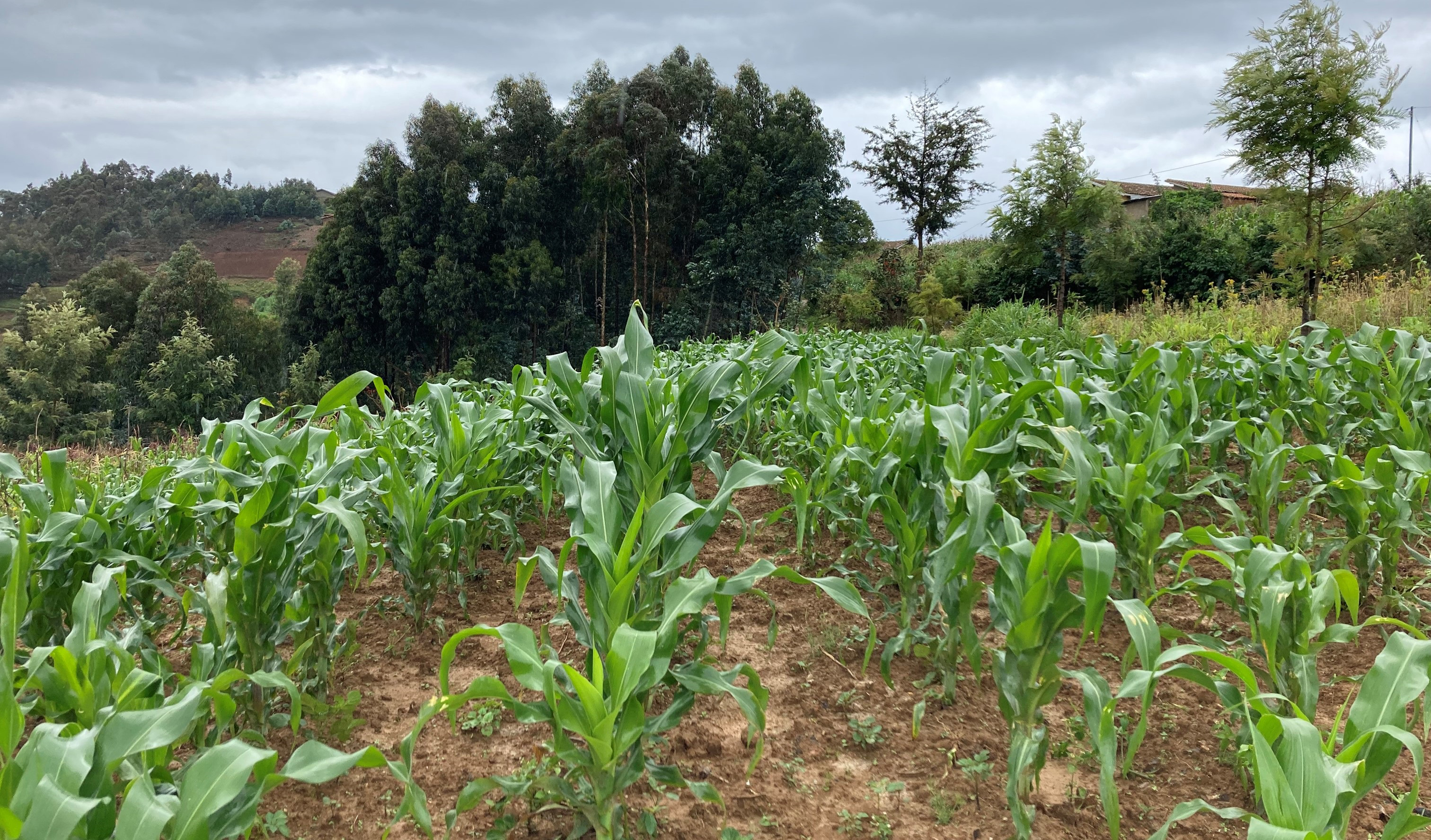
An international partnership that includes University of Nebraska–Lincoln researchers has demonstrated how smallholders in Africa can double maize yields by adopting better agronomic practices.
The study, published May 27 in Nature Communications, helps address the growing demand for maize in Africa, a region where yields are well below other parts of the world. Without yield improvement, meeting future maize demand would require conversion of vast tracts of natural land for maize cultivation or require increased reliance on expensive maize imports from other countries — an option that could undermine the food sovereignty of African nations and which could prove difficult given current economic conditions.

“Africa faces a critical challenge: how to significantly boost maize production to meet increasing maize demand while avoiding the negative impacts of cropland expansion and reliance on food imports,” said Patricio Grassini, corresponding author of the article and professor of agronomy at the University of Nebraska–Lincoln. “Our study shows that increasing maize yields through improved agronomic management could help Africa meet this challenge.”
The study is part of Niche, a four-year project funded by the Bill and Melinda Gates Foundation that involved several organizations, including the University of Nebraska–Lincoln; One Acre Fund, an Africa-based social enterprise; NASA Harvest; and Regrow, an ag-tech company.
“This study makes a huge contribution by identifying the agronomic practices with largest potential to increase farm yield, providing key input to international and national programs and donors that aim to improve smallholder livelihoods and strengthen Africa food security,” said Alex Sananka, data scientist at One Acre Fund and co-author of the paper. “Sound investments on research and extension programs and proper policy to promote these practices can deliver yield gains within a short time and at a large spatial scale.”

The study identified management practices with largest impact on maize yields by analyzing a database of 14,773 smallholder maize fields across seven countries in Sub-Saharan Africa.
“We found that maize yields double with improved seeds, modest amounts of fertilizers, timely sowing dates, and better crop and pest management,” said Fernando Aramburu-Merlos, a research assistant professor of agronomy at Nebraska and first author of the paper.
The study also highlights the need for supportive policies to ensure that smallholders have access to yield-improving technologies and training to use those technologies efficiently.
“Supplying farmers with modern inputs isn’t enough,” Aramburu-Merlos said. “Farmers also need access to better extension and advisory services to empower them to use those inputs efficiently.”
The article concludes by illustrating the potential impacts of applying these practices across the continent and the risks of continuing with business as usual.
“If all farmers can follow these steps to increase their yields, it will help to protect an area of natural land larger than Uganda from conversion to agriculture,” said Step Aston, senior director of research and development at One Acre Fund.
“We are running out of time. Crop yields have been stagnant for decades, and land conversion is alarmingly fast,” Grassini said. “But there could be a better future for Africa if we make explicit the need for yield improvement in the region and the need to prioritize technologies with proven capacity at increasing farmer yield and profit.”










